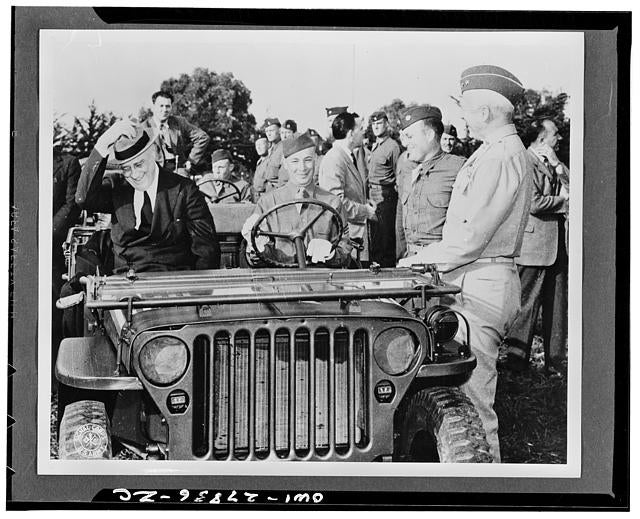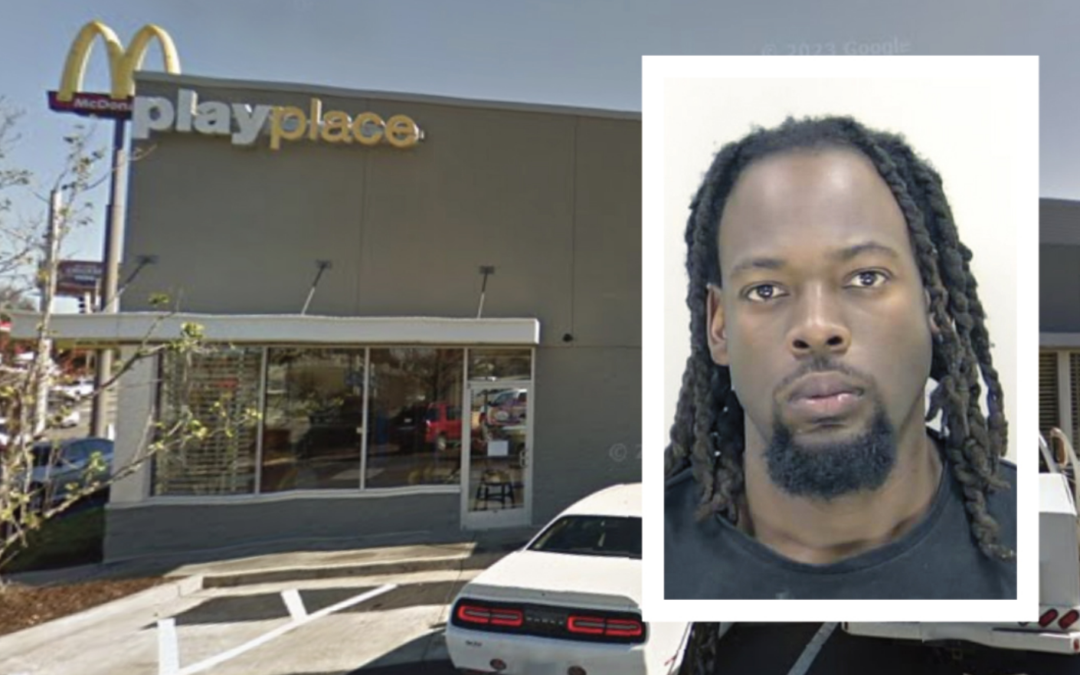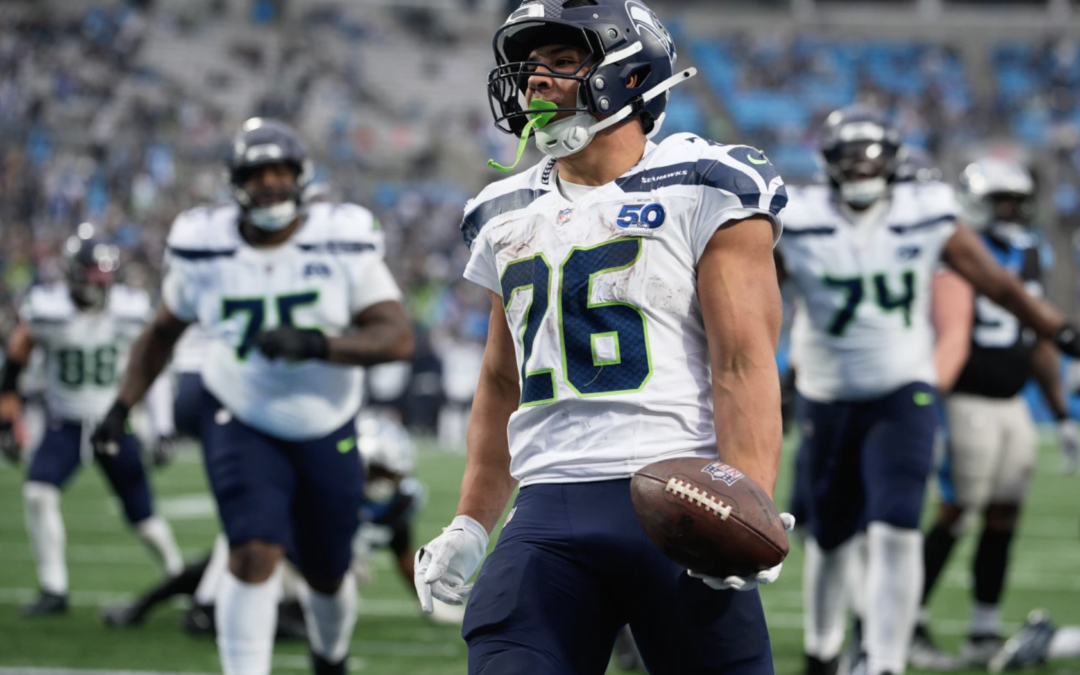Long before pin-ups of Daisy Duke posing next to her Jeep, nicknamed “Dixie,” appeared on the walls of the bedrooms of adolescent boys all over America, the Jeep was already an icon, having helped win a world war.
World War II would open with newsreels showing Nazi troops on horseback following behind the conquering Panzer tanks and the war closed with the Panzers destroyed and the invading Allied troops arriving in the relatively flimsy looking Jeeps.
However, the Jeeps were anything but flimsy.
As America’s involvement into World War II loomed, the U.S. Army brass realized that cavalry on horseback was a thing of the past and that a modern army needed a light “reconnaissance vehicle” to allow troops to rapidly move across hundreds of miles of varying terrain.
The Army specified that such a vehicle should be lightweight and able to handle virtually any terrain as well as cross shallow river beds.
At first, not many companies were interested in bidding on the project. Only American Bantam Car Co., of Butler, Pa., and Willys-Overland, of Toledo, Ohio submitted designs and initially, the Bantam BRC-40 was selected as the winner.
However, being a tiny, underfunded company, Bantam could not possibly deliver the number of vehicles needed, according to Motorweek magazine, so both Willys Overland and Ford were brought in and through a process of one-upmanship, the vehicle that carried the Allies to victory was born.
Each company brought new innovations to the table that would eventually make it into the final product.
Early Bantam versions did not have a gas pedal and were severely underpowered. Ford ended up providing a more mainstream drivetrain and the Willys Quad design added a powerful engine, the 60-hp Go Devil four-cylinder, which made the light vehicle amazingly quick.

The resulting final product could conquer crags, fjord rivers and almost climb a vertical wall if needed.
The Germans were also developing their own “lightweight” transports which were based on the Ferdinand Porsche designed Volkswagen prototypes featuring air-cooled engines.
The Germans also favored armament over speed and that focus would be detrimental in the theater of battle.
Despite all of the German engineering prowess poured into the process, the Germans could not replicate the Jeep design and that fact came to haunt them when Operation Barbarossa, the invasion of the Soviet Union, bogged down in wintertime Russia.
The German vehicles were heavy and would sink to their axles in snow and mud, and once the temperatures dropped below freezing, the engines would freeze solid.
Meanwhile, the American Jeep was just as comfortable operating in frigid Montana as it was in sunny Florida. It could batter through a snow drift or climb a sand dune, and should it get stuck, it only took a couple of strong men to lift it out of the rut and carry on.
American Jeeps could be flown into battle by helicopter or floated into action.
Almost any veteran will say that the Jeep was their favorite battle buddy and will insist that those Jeeps of old that have survived are as much living veterans as they are.
See you on the road!
Scott Hudson is the Senior Investigative Reporter and Editorial Page Editor for The Augusta Press. Reach him at scott@theaugustapress.com











